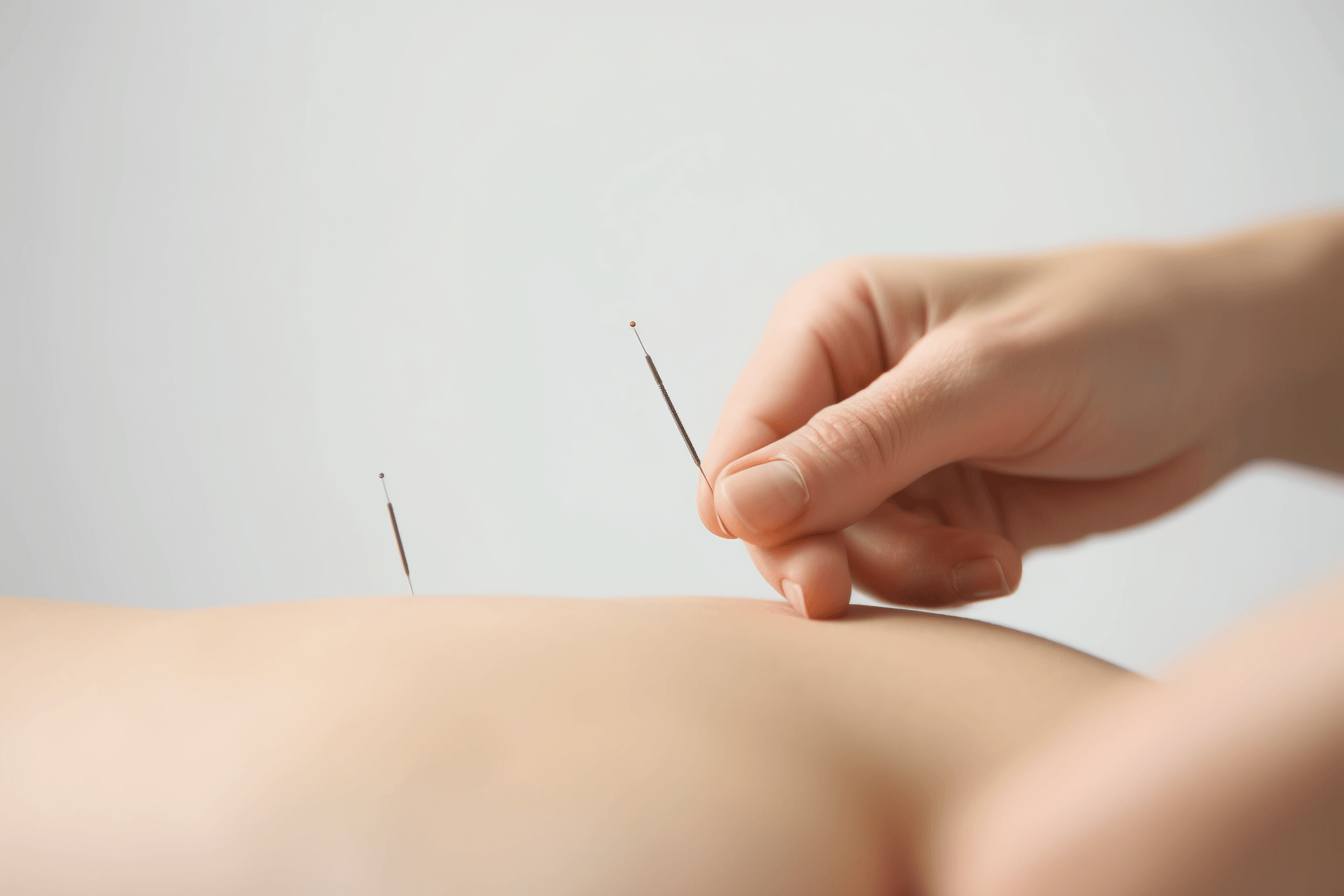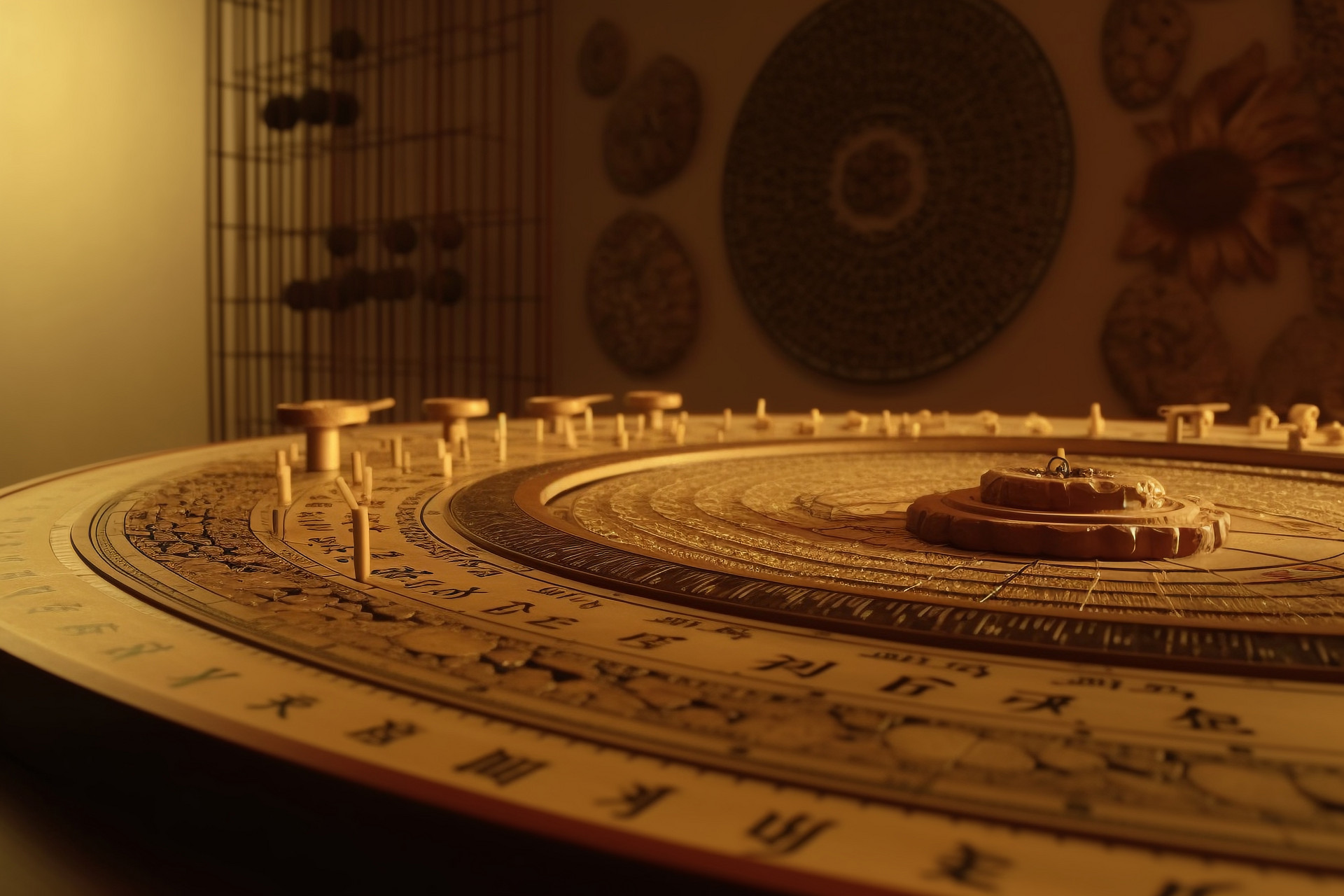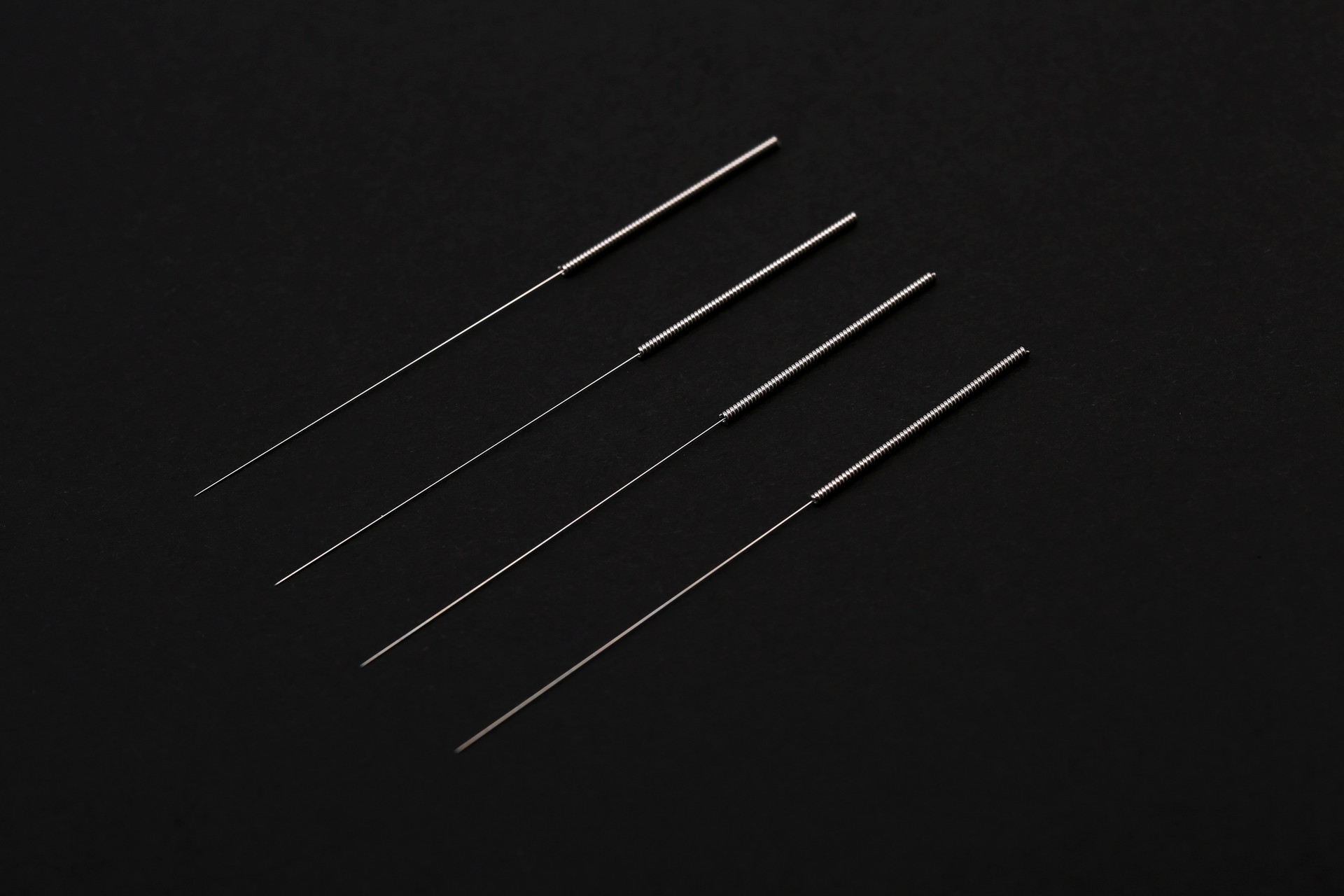Emergency refers to sudden onset of illness or accidental injury, sometimes including the acute exacerbation of mild symptoms or chronic diseases. It is often the result of excessive toxicity, severe injury, or prolonged exposure to pathogenic factors, manifested as rapid closure or failure of qi and blood, disorder of organ function, extreme imbalance of yin and yang, etc. Emergencies are fierce, critical, and easily reversible. If not treated promptly, they can often be life-threatening. Therefore, emergency prevention and treatment has always been one of the most important topics in medical science.
From a historical perspective, traditional Chinese medicine has been widely used in the treatment of various emergencies. From the Zhou and Qin dynasties to the Ming and Qing dynasties, there have been inventions and remarkable therapeutic effects. It is in the long-term struggle against acute diseases that every important process of traditional Chinese medicine has been formed. The exploration and summary of the treatment rules for acute febrile diseases and warm diseases have led to the birth of the theories of typhoid fever and warm diseases. The debates among various schools in the Jin and Yuan dynasties were largely centered around emergencies. Acupuncture, a unique and important non-pharmacological emergency treatment method in traditional Chinese medicine, was also one of the earliest methods used for emergency rescue. As early as the 5th century BC, the famous physician Bian Que successfully saved the "death-like state" of Prince Guo by using acupuncture and moxibustion, which became a famous story throughout the ages. In some medical works on emergency treatment in various dynasties, such as "Emergency Prescriptions for Elbow and Back," a large number of acupuncture emergency treatments were recorded; there were also specialized works on emergencies, such as "Emergency Moxibustion Methods." Long-term clinical practice has shown that acupuncture plays an important role in the treatment of emergencies. In modern times, with the introduction of Western medicine, due to its undeniable methodological advantages, it gradually occupies a dominant position in emergency treatment, causing many effective traditional therapies, including acupuncture, to be overshadowed.
In the second half of the 20th century, on the one hand, there have been significant changes in the spectrum of diseases. While modern intractable diseases have gradually become prominent, the manifestations and types of acute diseases have also been updated and expanded. On the other hand, due to the rise of the naturalistic trend, people have a stronger desire for non-surgical therapies with minimal side effects. Therefore, especially since the 1960s and 1970s, the treatment of emergencies in traditional Chinese medicine has become a new wave in the field of Chinese medicine and the integration of Chinese and Western medicine. Almost at the same time, acupuncture workers, together with other basic researchers and clinical medical personnel in Chinese and Western medicine, have practiced, improved, and promoted acupuncture emergency treatment, achieving significant progress. Unlike traditional individual experiences, through the treatment observation of a considerable number of samples of acute diseases, and using various modern means for verification and control, it has further indicated that acupuncture therapy is indeed an aspect that cannot be ignored in modern emergency treatment, and it has many advantages that other therapies do not have.
Acupuncture emergency treatment has the following application characteristics:
(1) Dual regulation and balance of yin and yang
In emergency treatment, the priority is to save lives and relieve critical symptoms. The key is to quickly and effectively balance the disorder of yin and yang. The basic function of acupuncture is to "regulate yin and yang" (Ling Shu • Root and Knot). The imbalance of yin and yang in emergencies is mainly manifested in two aspects: abnormal activity of qi and blood. For example, if qi and blood are suddenly closed, acupuncture can relieve blockage and promote circulation, as Sun Simiao said: "All diseases are caused by blood and qi stagnation, unable to circulate. Acupuncture opens the way, moxibustion warms it" (Qian Jin Yi Fang • Volume Twenty-Eight). If qi and blood are severely depleted, acupuncture can also tonify qi, nourish yin, and rescue yang. Therefore, Ling Shu • Ending and Beginning pointed out: "The way to acupuncture is to regulate qi, tonify yin and eliminate yang, enhance sound and qi, and improve hearing and vision." The second aspect is abnormal activity of consciousness. Whether it is the obstruction of qi and blood by phlegm and food, or various abnormal states of consciousness caused by insufficient qi and blood to ascend, acupuncture can be used to "treat the spirit" and regulate it. For example, in the case of shock, which belongs to a state of collapse, where the pathogenic factors are overwhelming and the yin and yang are separated, the disturbance of consciousness is severe and the condition is critical. Through the function of acupuncture to regulate, stimulate the meridian qi, it can often restore the function of the organs that have fallen into exhaustion and restore normal consciousness.
It is worth mentioning that acupuncture regulation has a two-way characteristic, which is of particular importance in complex and changing treatments. Take acupuncture anti-inflammatory treatment as an example. Acute inflammation includes both defense and injury reactions. Excessive or insufficient defense reactions can aggravate inflammation, while allowing the injury reaction to develop will also lead to irreversible damage. It has been observed that acupuncture treatment can not only improve the body's normal defense response ability and control excessive defense response, but also effectively inhibit the injury response and reduce harm to the body.
| 1 2 3 > >> >>|










